High-Speed Broadband Heats Up: 10 Hot Products From WiMax World
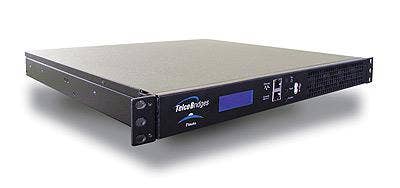
With WiMax World taking over Chicago this week, a host of companies are unveiling wares taking advantage of the latest high-speed wireless broadband technology. Several vendors took to WiMax World to show off their gear as WiMax evolves from myth to reality.
VoIP Goes WiMax
TelcoBridges used WiMax World to unveil a ready-to-deploy service delivery platform to enable voice services over WiMax. Combining its Tmedia hardware (pictured) and ExpresSCE+ application software, TelcoBridges now gives solution providers pre-packaged voice services, like standard residential and business voice lines, and value-added services like voicemail, conferencing, fax server, IVR services and IP-PBX via WiMax. The hardware enables the interoperability of multi-vendor SIP, VoIP and TDM interfaces and can scale from a few hundred VoIP ports to thousands of simultaneously available ports. The service environment is managed by the ExpresSCE+, which provides a GUI-based platform.
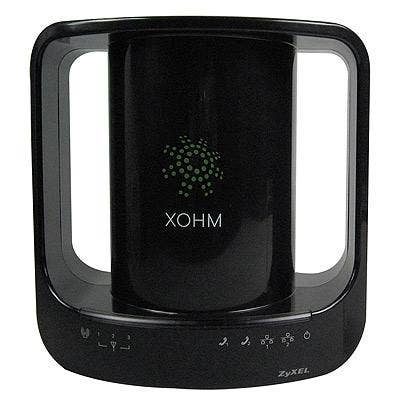
Debuting with the launch of Sprint's XOHM WiMax service in Baltimore this week, ZyXel Communications showcased its line of WiMax gear at WiMax World. At the show, ZyXel launched the MAX-206m2 WiMax MIMO Residential Gateway, which works with Sprint's new service.
The MAX-206M2 router (pictured) offers broadband wireless connectivity at home, in the office or anywhere with WiMax coverage. It comes with dual 5bBi gain antenna integrated into the device with 27dBm output power and a built-in ICSA certified firewall. It also offers to VoIP ATA ports.
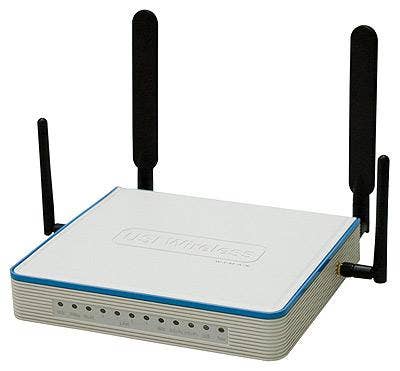
Leading WiMax chipmaker Sequans showed off the products its chips are powering at WiMax World this week. Among them are a 4G modem made by ZyXel and a Samsung Express AirCard, both devices that utilize Sprint's XOHM WiMax Network.
Along with the two XOHM devices, Sequans displayed a total of 28 devices from ODMs all powered by its chipsets, including a WiMax device made by USI (pictured), a USB dongle, an ExpressCard, a desktop CPE and a smart phone.
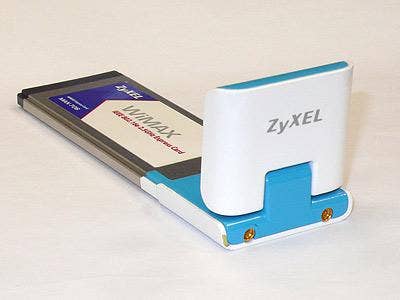
ZyXel also showed off its WiMax data card, the MAX-706. The IEEE 802.16e WiMax data card has 2 x 2 dBi antenna with 23 dBm maximum Tx power. It also features QoS, power control and power saving support and supports EAP authentication and AES encryption.
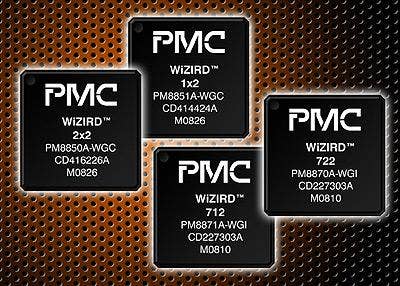
PMC-Sierra expanded its WiMax RF IC solutions with four new multi-band devices to its WiZIRD line for global spectrum coverage. The new devices enable WiMax system designers to leverage a single radio design to provide customer premises equipment and network interface cards for all popular broadband wireless radio bands for WiMax deployments.
PMC-Sierra added the following software compatible devices to its WiZIRD portfolio: the PM8850, which has two transmit and two receive branches (2Tx/2Rx) with multi-band support for 2.3 to 2.9 GHz, 3.3 to 3.8 GHz and 4.9 to 5.95 GHz; the PM8851, which has one transmit and two receive branches (1Tx/2Rx), with multi-band support for 2.3 to 2.9 GHz, 3.3 to 3.8 GHz and 4.9 to 5.95 GHz; the PM8870, a 2Tx/2Rx with multi-band support for 2.3 to 2.9 GHz, 3.3 to 3.8 GHz and 450 to 928 MHz; and the PM8871, which has 1Tx/2Rx with multi-band support for 2.3 to 2.9 GHz, 3.3 to 3.8 GHz and 450 to 928 MHz.
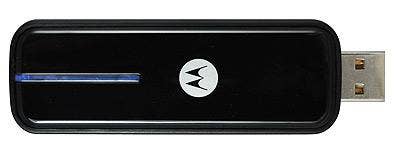
At WiMax World, Motorola displayed the USBw 100, a WiMax USB adapter. The thumb-drive-sized devices come in three versions to connect to WiMax networks in each of the three bands for global use -- 2.3, 2.5 and 3.5 GHz. The Motorola USBw 100 plugs directly into laptops to offer mobile and nomadic wireless broadband connectivity both indoors and out.
The multi-antenna USBw 100 offers increased range and higher throughput compared to single-antenna solutions.
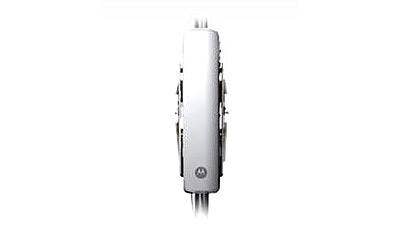
Motorola also exhibited its WAP 400 access point, which supports 802.16e WiMax. The access point features a highly integrated and flexible design as well as enhanced RF capabilities. The light design enables flexible deployment options such as on roof tops, pole mountings, water towers and more.
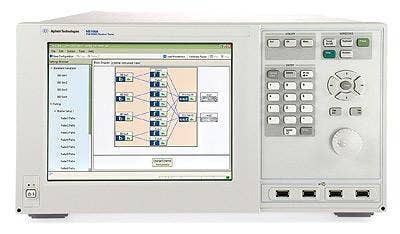
Agilent Technologies announced a new PXB MIMO Receiver Tester for accurate tests of Multiple-Input-Multiple-Output receivers early in their design cycle. The PXB simulates real-world conditions to reduce development cycle time. It performs MIMO tests with its ability to minimize design uncertainty and equipment and lab setup time while maximizing the performance and scalability needed to meet future tests needs. The PXB MIMO Receiver Tester is designed for R&D engineers developing and integrating MIMO receivers for WiMax and other emerging wireless standards.
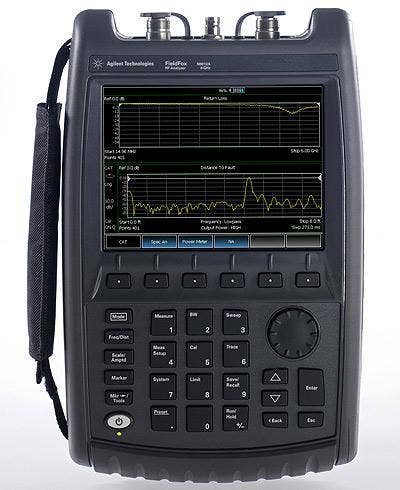
Along with the PXB MIMO Receiver Tester, Agilent at WiMax World also introduced the FieldFox handheld RF analyzer, a handheld instrument for wireless network installation and maintenance for field engineers and technicians.
The FieldFox, which can analyze WiMax networks, adds a host of features, including:
- integrated QuickCal that eliminates the need to carry a calibration kit into the field, simplifying cable and antenna tests and providing worry-free accuracy and repeatability with every measurement;
- immediate calibration with FieldFox's CalReady to make the unit calibration ready at the cable and antenna test port immediately following power-up or preset;
- task-driven user interface derived directly from standard field test procedures that guides performance tasks naturally and easily;
- fast fault location with 1001-point resolution and 96-dB dynamic range in the spectrum analysis mode;
- sweep speed that reduces time-to-problem resolution with test times more than 50 percent faster than traditional RF handheld instruments.
It weighs 6.2 points and also offers a transflective display, backlit keys, simple data transfer and modern connectivity. The water-resistant chassis can withstand wide temperature ranges and humid environments, and meets most environmental standards.
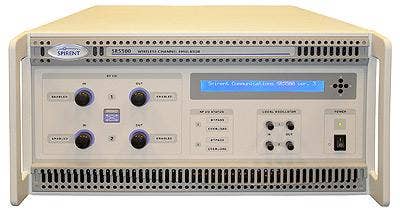
Spirent unveiled the SR5500 Wireless Channel Emulator, a device designed to emulate the transmission channel for receiver performance and WiMax interoperability testing. The Spirent SR5500 supports multiple emerging next-generation technologies and all relevant frequency bands, including the new 700 MHz and 2.& GHz bands. In addition to WiMax, the system can also test other technologies like HSPA, EV-DO and LTE.